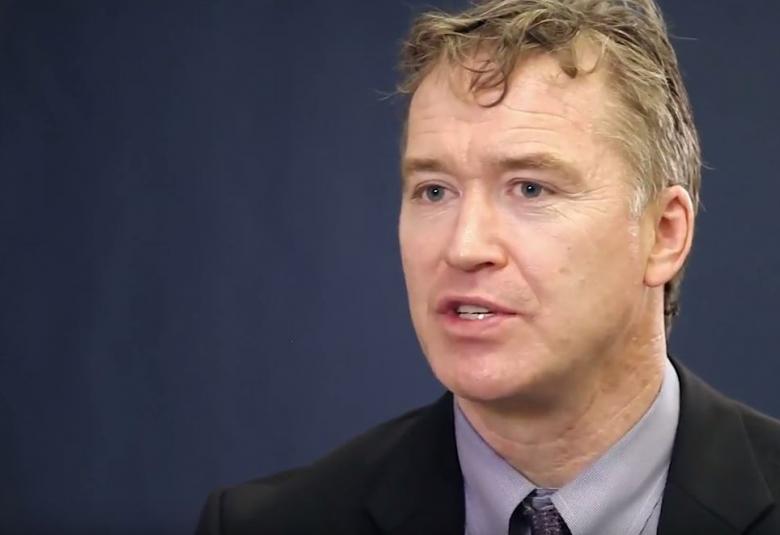Nanda Palanichamy, Consultant Psychiatrist
What has been your greatest clinical challenge in the past year?
I think the most challenging case that I faced recently was a diagnostic conundrum where there were a lot of psychotic symptoms in a patient who had a long history of schizophrenia. However, the emerging evidence was that it was more bipolar I disorder with psychotic symptoms; so I find it particularly challenging to determine whether people are presenting with psychotic symptoms and a diagnosis of schizoaffective disorder or purely an affective disorder with psychotic symptoms.
Do you think a patient’s family or loved ones should be included in the management and treatment of their disorder? If so, what is the best way to include family or loved ones?
I think it’s very important to include family because especially when people are in mania or having extensive psychotic symptoms it’s difficult for them to have insight all the time and that poses a particular challenge in persuading them to partake in treatment for bipolar I disorder. I think it is very important to involve the family very early on in their treatment, as soon as the diagnosis has been made for the first time. This is because I think it prevents further relapses and suicidal risk, which is high in bipolar disorder.
Our correspondent’s highlights from the symposium are meant as a fair representation of the scientific content presented. The views and opinions expressed on this page do not necessarily reflect those of Lundbeck.




